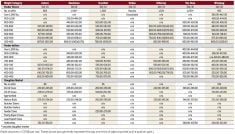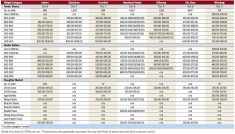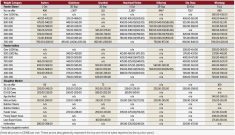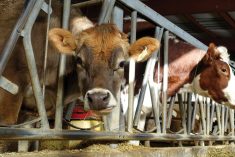Fears that flooded pastures coupled with high prices would lead to “dumping” of cattle herds in Manitoba have so far not materialized, according to local auction marts.
Buddy Bergner, manager of Ashern Auction Mart, said that although flooding in some areas and especially around Lake Manitoba has created a desperate situation, most ranchers have been able to find places to put their cattle.
“Some of these older cattle that guys would have kept for grazing over the summer, some of them are dumping them,” said Bergner. “We are seeing some flood cattle, but it’s from along the lake.”
Read Also
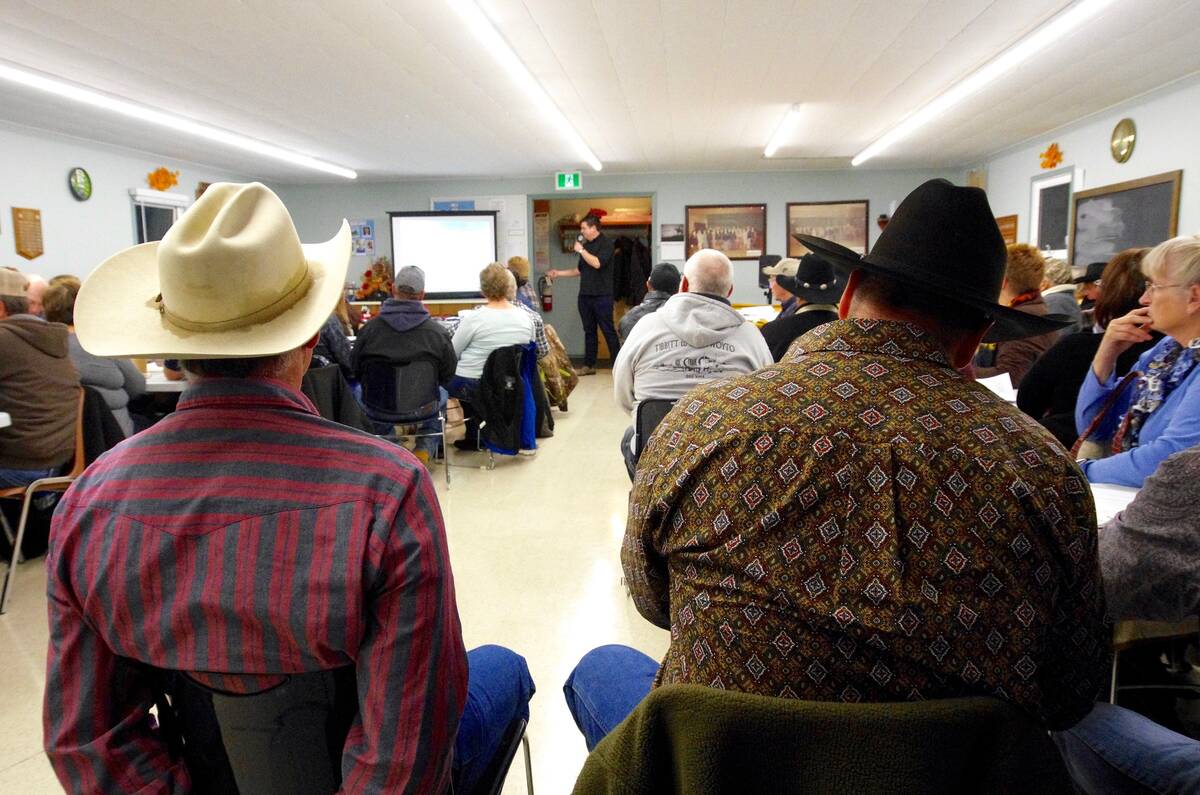
Don’t blow off that beef producer meeting
Local veterinarians and livestock experts often speak at beef producer group events. They have good advice for the farmer on vaccines, calving, beef herd management and more.
A list of auction marts that are able to temporarily board cattle was posted on the Manitoba Agriculture website to help alleviate the difficulties faced by ranchers in hard-hit areas.
But Bergner said that only one rancher has brought his cattle in to Ashern, a total of 55 cows and 34 calves.
More might arrive in the coming weeks, he added, because reports say that Lake Manitoba water levels are set to keep rising until mid-June.
Moving cattle in the big muddy is a big problem, with many ranchers forced to muster their herds on roads and load them using temporary corrals made of steel panels. However, those with ranch horses and riders are able to round up herds where four wheels can’t, he added.
“It’s quite a job,” he said. “They’re having quite a time.”
Bergner said that high prices in the range of $1,000 to $1,200 for slaughter cows have drawn “big numbers” into the Ashern auction ring all winter.
Myles Mason, manager of Ste. Rose Auction Mart, said that so far nobody has brought in cattle to his operation for temporary boarding.
“I don’t really want them,” he said. “I haven’t got much hay.”
The Ste. Rose area is wet, like everywhere else, and there has been a lot of trouble with cattle handling. But with the grass peeking out due to recent sunny, warm days, ranchers are trying to find dry pastures.
“In the past couple of years, cow numbers have depleted, so there is some empty pastures out there,” said Mason. “I think they are finding those empty pastures and utilizing them.”
The strongest indication of desperation sell-offs – the arrival of cow-calf pairs in big numbers at auction marts – so far hasn’t happened in his area.
“We have a lot of slaughter and open cows, but that’s because of the prices,” he said. “Right now, we’re holding our own and haven’t had any cattle getting dumped yet.”
Keith Cleaver, manager of Heartland Livestock Services in Brandon, said that he had yet to see unusually large movements of cattle this spring.
“We’re getting into the time of year where there’s not a lot of cattle left to move,” said Cleaver.
“A lot of the cattle that are still there, they have no intention of selling them. They’re going to grass them themselves or keep their replacement heifers to breed.” [email protected]
———
“Weareseeingsomefloodcattle,butit’sfromalongthelake.”
– BUDDY BERGNER



